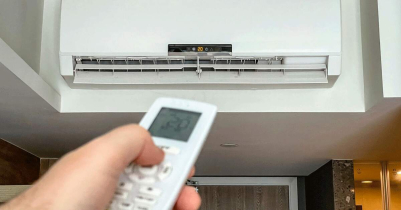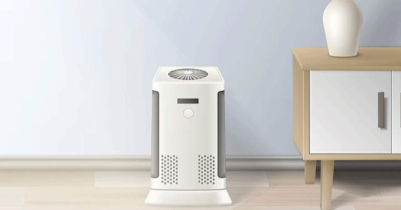Eye News Desk
How sleep phase may reduce anxiety in people with PTSD

According to a study, sleep spindles, which are small bursts of brain activity detected by EEG during one phase of sleep, may regulate anxiety in persons suffering from post-traumatic stress disorder (PTSD).
The study shines a light on the role of spindles in alleviating anxiety in PTSD as well as confirms their established role in the transfer of new information to longer-term memory storage.
The findings challenge recent work by other researchers that has indicated spindles may heighten intrusive and violent thoughts in people with PTSD. The final draft of the preprint publishes in Biological Psychiatry: Cognitive Neuroscience and Neuroimaging on 3 May, 2023.
"These findings may be meaningful not only for people with PTSD, but possibly for those with anxiety disorders," said senior author Anne Richards, MD, MPH, of the UCSF Department of Psychiatry and Behavioral Sciences, the Weill Institute for Neurosciences and the San Francisco VA Medical Center.
"There are non-invasive ways that might harness the benefits of this sleep stage to provide relief from symptoms," she said.
The researchers enrolled 45 participants who had all experienced combat or noncombat trauma; approximately half had moderate symptoms of PTSD and the other half had milder symptoms or was asymptomatic.
The researchers studied the spindles during non-rapid eye movement 2 (NREM2) sleep, the phase of sleep when they mainly occur, which comprises about 50 per cent of total sleep.
In the study, participants attended a "stress visit" in which they were shown images of violent scenes, such as accidents, war violence, and human and animal injury or mutilation, prior to a lab-monitored nap that took place about two hours later.
Anxiety surveys were conducted immediately after exposure to the images as well as after the nap when recall of the images was tested. The researchers also compared anxiety levels in the stress visit to those in a control visit without exposure to these images.
The researchers found that spindle rate frequency was higher during the stress visit than during the control visit.
"This provides compelling evidence that stress was a contributing factor in spindle-specific sleep rhythm changes," said first author Nikhilesh Natraj, PhD, of the UCSF Department of Neurology, the Weill Institute for Neurosciences and the San Francisco VA Medical Center.
Notably, in participants with greater PTSD symptoms, the increased spindle frequency after stress exposure reduced anxiety post-nap.
The naps in the study took place shortly after exposure to violent images - raising a question about whether sleep occurring days or weeks after trauma will have the same therapeutic effect.
The researchers think this is likely, and point to interventions that could trigger the spindles associated with NREM2 sleep and benefit patients with stress and anxiety disorders.
Prescription drugs, like Ambien, are one option that should be studied further, "but a big question is whether the spindles induced by medications can also bring about the full set of brain processes associated with naturally occurring spindles," said Richards.
Electrical brain stimulation is another area for more study, researchers said. "Transcranial electrical stimulation in which small currents are passed through the scalp to boost spindle rhythms or so-called targeted memory reactivation, which involves a cue, like an odor or sound used during an experimental session and replayed during sleep may also induce spindles," said Natraj.
"In lieu of such inventions, sleep hygiene is definitely a zero-cost and easy way to ensure we are entering sleep phases in an appropriate fashion, thereby maximising the benefit of spindles in the immediate aftermath of a stressful episode," he said.
The researchers' next project is to study the role of spindles in the consolidation and replay of intrusive and violent memories many weeks after trauma exposure.
Read More
- Why you should start ironing your underwear
- When is Eid ul Adha 2023?
- Keep things in mind before cutting Eid hair
- 5 points to consider before a divorce or separation
- Is it okay to eat meat and fish every day?
- Hugging loved ones can reduce high blood pressure, says research
- Important things to remember in Eid shopping
- Air Cooler Price Ranges in Bangladesh for 2023
- Why is bread round?
- Thin Beef Broth Recipe for Sahri






























